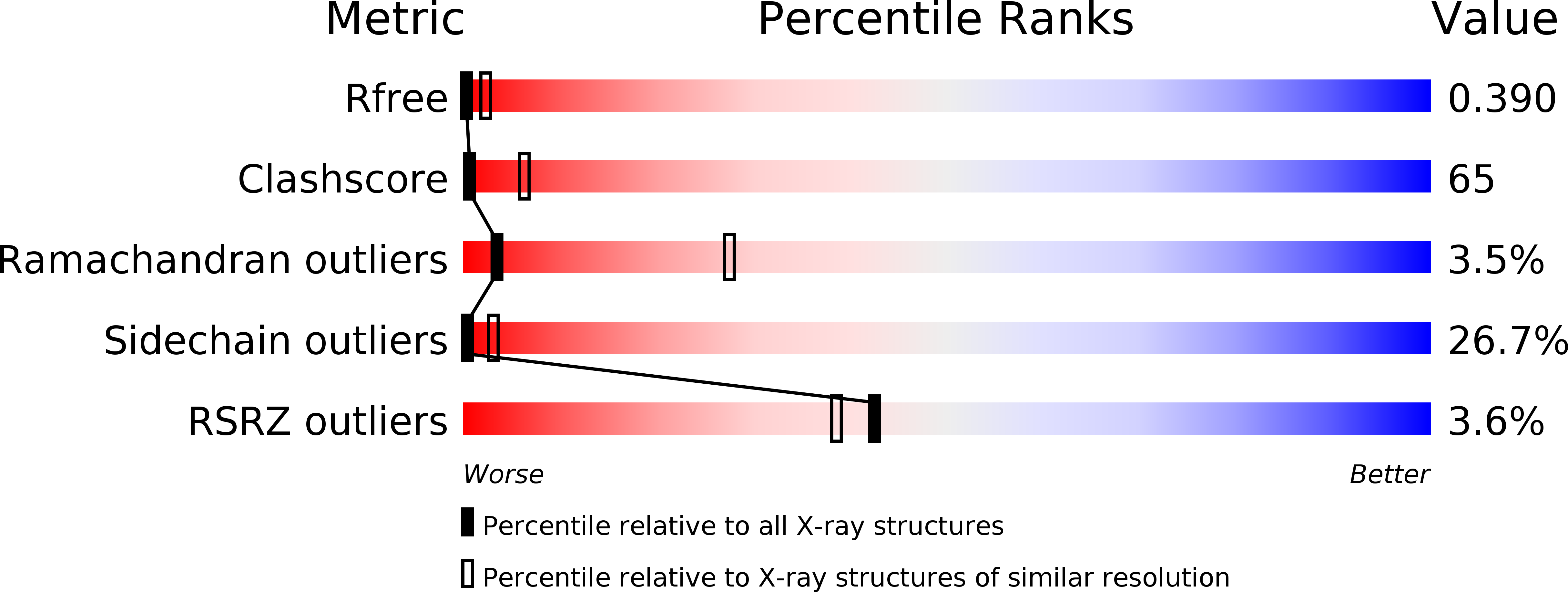
Deposition Date
2010-06-18
Release Date
2010-11-03
Last Version Date
2023-09-06
Entry Detail
PDB ID:
3NJT
Keywords:
Title:
Crystal structure of the R450A mutant of the membrane protein FhaC
Biological Source:
Source Organism:
Bordetella pertussis (Taxon ID: 520)
Host Organism:
Method Details:
Experimental Method:
Resolution:
3.50 Å
R-Value Free:
0.38
R-Value Work:
0.35
R-Value Observed:
0.35
Space Group:
C 2 2 21


